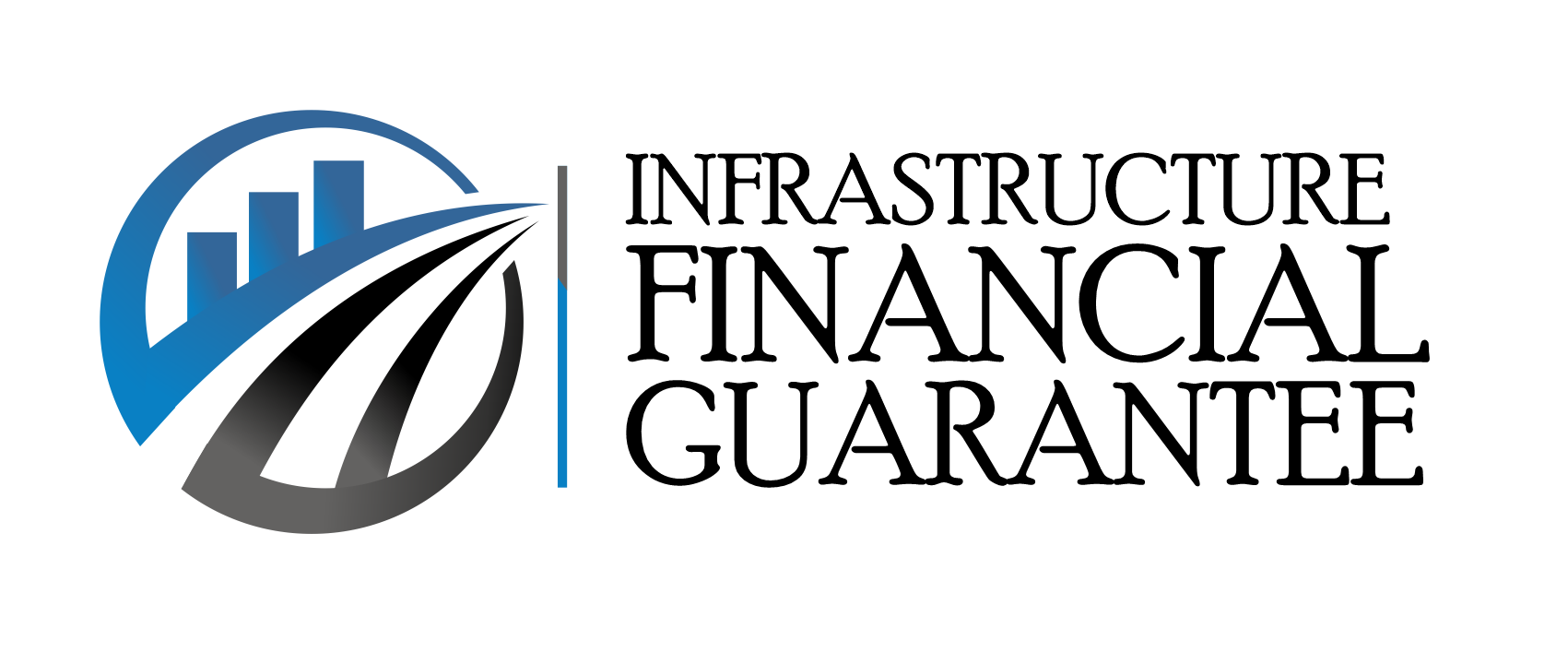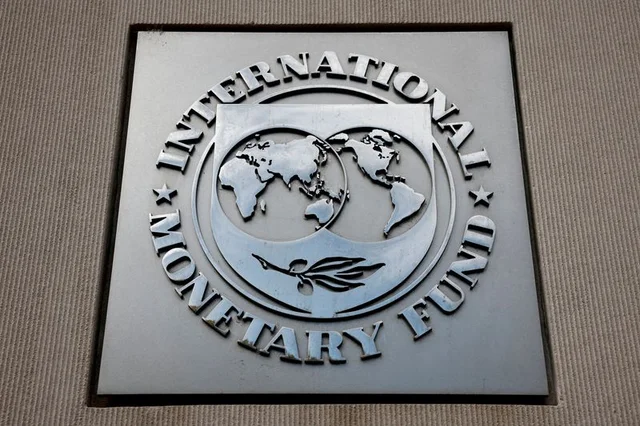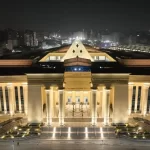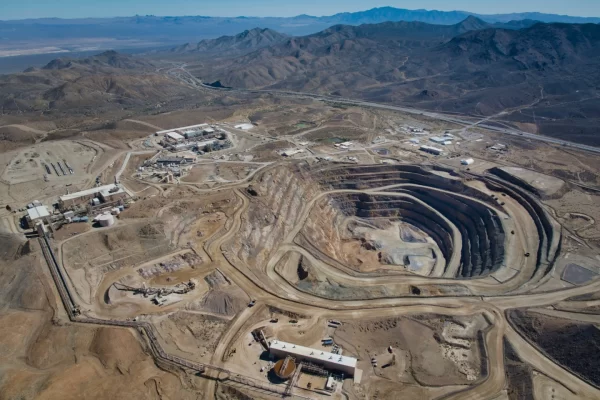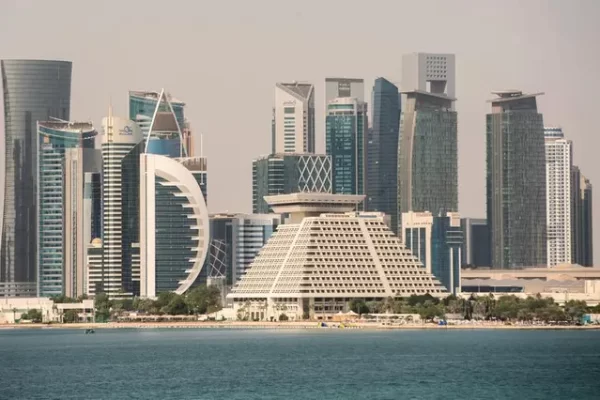Argentina seals $20 billion IMF deal, tears down currency controls
Argentina sealed a $20 billion, 48-month Extended Fund Facility deal with the International Monetary Fund on Friday and, in a major policy move ahead of the deal, dismantled key parts of its years-long currency controls and loosened its grip on the peso.
The IMF will disburse $12 billion by next Tuesday, while another $2 billion will become available by June.
The deal is expected to help Argentina “catalyze additional official multilateral and bilateral support, and a timely re-access to international capital markets,” the IMF said.
“Key pillars of the program include maintaining a strong fiscal anchor, transitioning towards a more robust monetary and FX regime, with greater exchange rate flexibility,” it added in a statement.
Earlier, the South American nation’s central bank announced it would undo a fixed currency peg from Monday, letting the peso freely fluctuate within a moving band between 1,000 and 1,400 pesos per dollar, versus 1,074 at the close on Friday.
Argentina will eliminate major parts of the so-called “cepo” capital controls that have restricted access to foreign currency, the central bank said in a statement.
Companies from this year will also be able to repatriate profits out of the country, a key demand from businesses that could unlock more investment.
The new exchange rate system could allow the peso to weaken almost a third if the currency were to hit the weaker edge of the band, although the central bank is likely to have some tools to intervene. The band will expand 1% each month, the bank said.
The policy move came ahead of the final IMF nod for what is the 23rd program in a long and mottled history between the grains-producing nation and the Washington-based lender.
Funds from the IMF deal will be used to recapitalize Argentina’s central bank and the government expects they will help usher in a healthier currency, reduce inflation and allow for tax cuts, Caputo said.
Other multi-year disbursements were also announced, including $12 billion from the World Bank and $10 billion from the Inter-American Development Bank.
Source: Globalbankingandfinance
